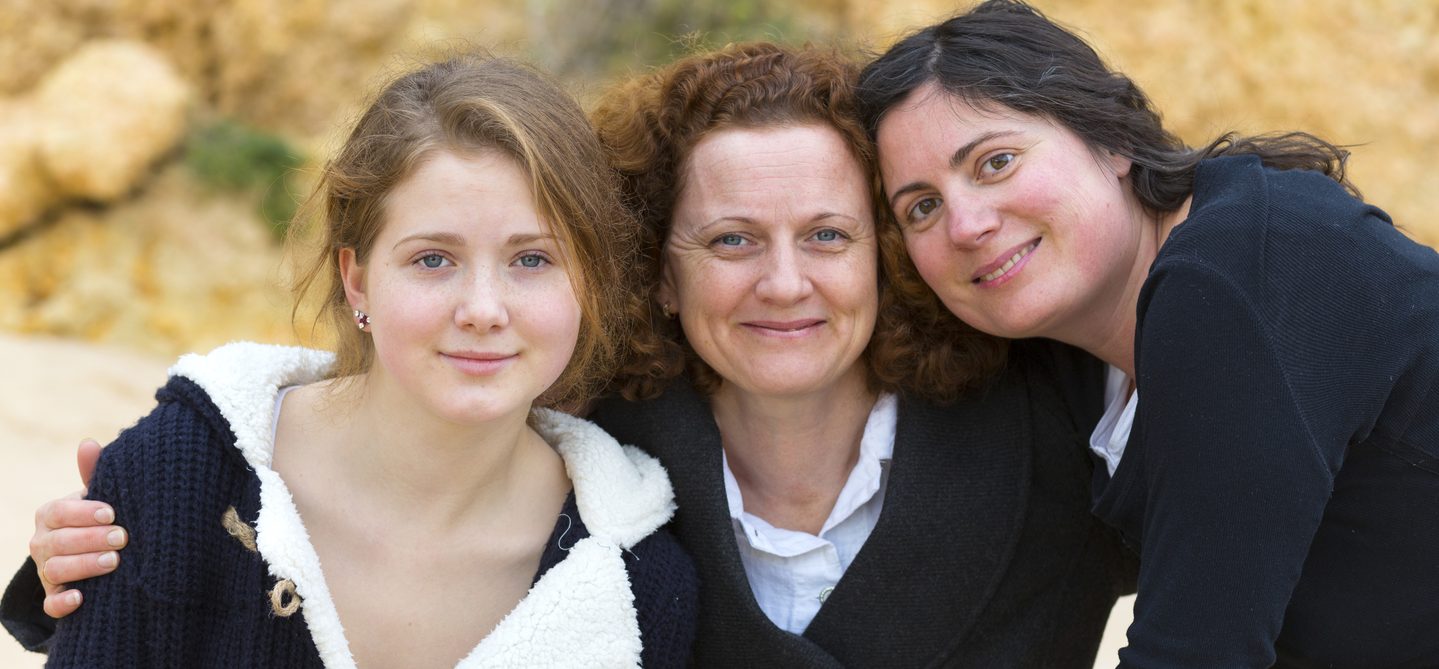Women and girls
Currently, three times as many males are diagnosed with autism as females. So what’s different about autistic women and girls?

How is autism different in women/girls?
There isn’t as much research specifically focussed on autistic women and girls, but in the studies we do have, we can see important differences in the characteristics of autistic boys/men and autistic girls/women.
For example:
- Autistic girls and women often camouflage their autism by imitating social skills or suppressing some of their autistic characteristics.
- Autistic girls/women can appear to have stronger language and social communication skills.
- Special interests and atypical play in autistic girls can differ to autistic boys and be much more subtle.
- Autistic girls and women are often more likely to talk about their emotions than autistic boys and men, resulting in them being less likely to resort to physically aggressive behaviours – this can lead to them being simply labelled as shy or passive.
“The underdiagnosing of women with ASD contributes to the marginalization of females” (Kearns-Miller, 2003)
The current estimated ratio of autistic boys/men to autistic girls/women is 3:1. This ratio has changed over time, but what it tells us now is that autistic women and girls may be underrepresented in diagnosis and prevalence information we have now.
There are many reasons women and girls aren’t getting autism diagnoses at the same rate as men and boys, including:
- A lack of understanding, particularly among health and education professionals, of how autism can present in autistic girls and women, compared to autistic boys and men.
- Screening and diagnostic tools are designed to identify autistic traits and characteristics that are more common in boys and men, so they can miss the different characteristics autistic girls and women present.
- The concerns of parents of girls are often dismissed, leading to later referral, assessment and diagnosis.
Autistic girls and women often receive a mental health diagnosis instead of an autism diagnosis. This can make it less likely for professionals to consider autism as a potential diagnosis.
It’s important for autistic girls to have access to timely and accurate diagnosis, because a delayed or missed diagnosis can have a negative impact on their development, as well as their social and community participation.
A late diagnosis might mean that an autistic girl misses out on funding and access to early intervention services, which have been shown to have a very positive effect on child development.
Many school-age autistic girls often don’t meet the criteria for learning supports because they may mask their autism, show high level language skills and/or not display disruptive behaviour.
A late diagnosis can also contribute to experiences of poor mental health. Many autistic girls and women are diagnosed with anxiety, depression, eating disorders and other types of mental health concerns.
Many autistic women are not diagnosed until their children are diagnosed with autism. Without a diagnosis and the appropriate support, autistic mothers can experience stigma, social isolation, anxiety and depression.
If they have difficulty understanding relationships and/or the real meaning behind what people say or do, autistic girls and women may also be at increased risk of bullying, verbal abuse and sexual or physical violence.
For autistic girls and women to thrive, we need to create change in many areas of their lives, including access to diagnosis, education, healthcare, support services and employment.
In particular, we are advocating for:
- The Victorian Government to adopt the recommendations in the Final Report to the Inquiry into Services for People with Autism Spectrum Disorder to improve access to diagnosis, services and supports for autistic girls and women.
- The Commonwealth Government to endorse a national guideline for autism diagnosis, developed by Autism CRC in collaboration with the National Disability Insurance Agency (NDIA).
- Australian governments and/or the NDIA to fund research into the screening and diagnostic tools for recognising autism in girls and women, including the development of new tools if needed.
- The NDIA to take comprehensive steps to ensure that autistic women are better supported throughout the NDIS planning process, and that girls and women can access cost-effective supports and services.
Read Amaze’s policy position statement on Women and Girls.
For more information
To learn more about autism and girls and women, contact the Amaze Autism Connect advisors on 1300 308 699, email [email protected] or use the webchat on this site. This service is open from 8am–7pm, Monday to Friday (excluding public holidays).
Autistic girls or women – and their families – may find it beneficial to connect with a peer support group. There are also organisations that specialise in supporting autistic girls and women, such as Yellow Ladybugs.
